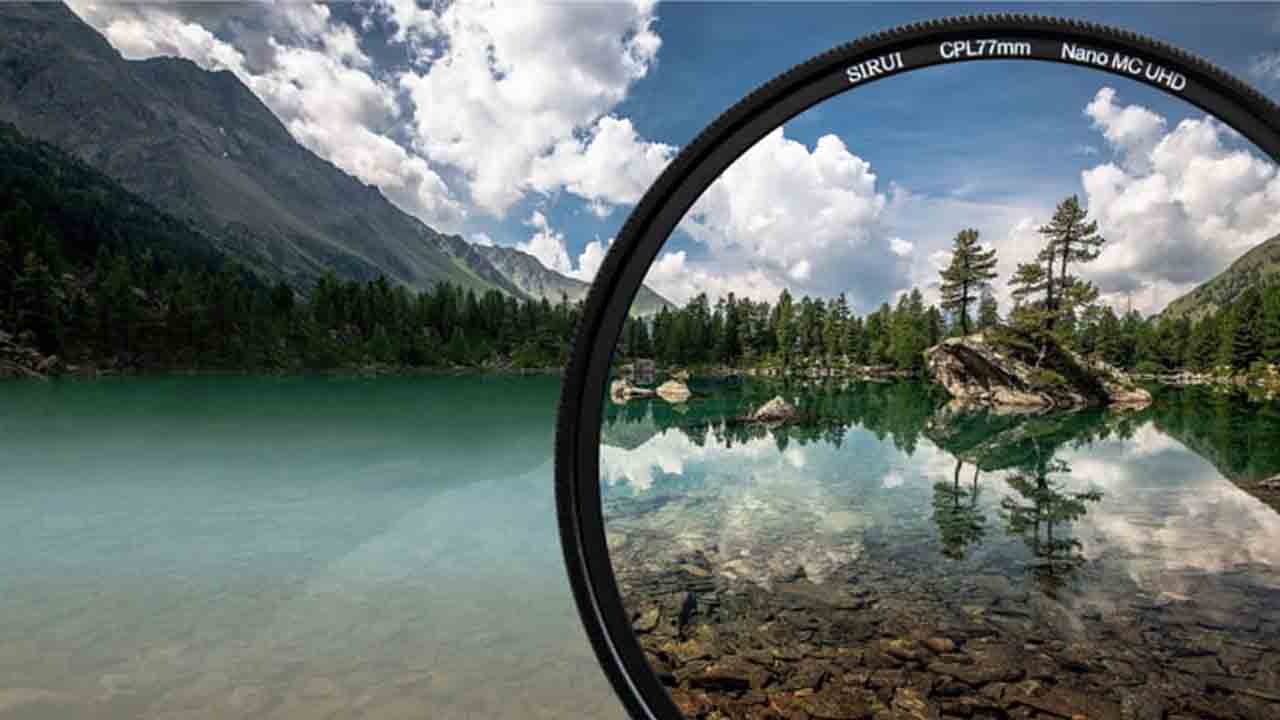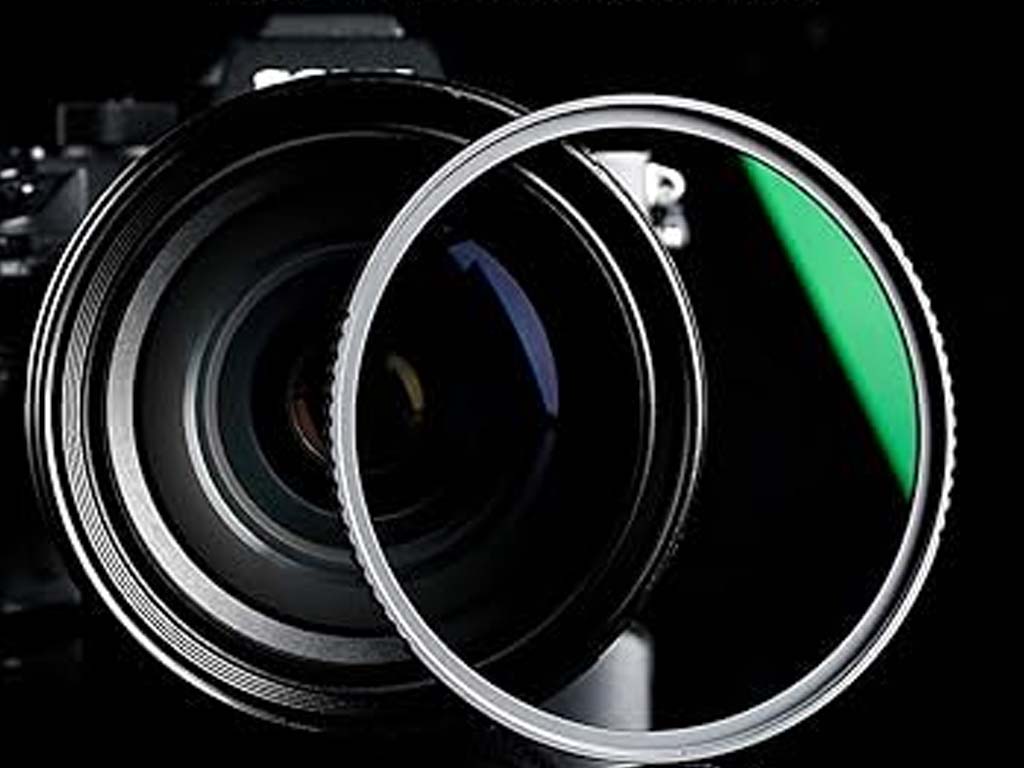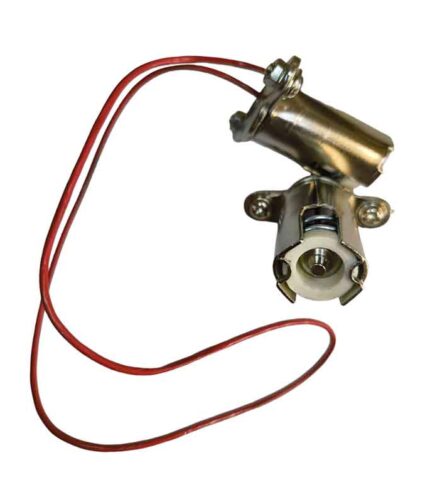Table of Contents
ToggleIntroduction
Want to know how Polarizing Filters Work? Polarizing filters are essential tools for photographers aiming to enhance their images by reducing reflections and improving color saturation. Understanding how these filters work can help you make the most of your photography. In this guide, we will explore the mechanics of polarizing filters and their benefits for your photography.
What is a Polarizing Filter?
A polarizing filter is a photographic filter that can be attached to the front of a camera lens. It works by filtering out specific orientations of light waves, particularly those that have been reflected off surfaces like water, glass, and foliage. This selective filtration helps to reduce glare and enhance the overall quality of the image.
How Does a Polarizing Filter Work?
1. Understanding Light Polarization
Light waves travel in various directions and planes. When light reflects off a surface, such as water or glass, it often becomes polarized, meaning the light waves align in a particular direction. A polarizing filter blocks these specific directions of light, allowing only light waves aligned in the filter’s orientation to pass through.
2. Linear vs. Circular Polarizers
Linear Polarizers:
- Block light waves in one plane.
- Effective for reducing glare but can interfere with autofocus and metering systems in modern cameras.
Circular Polarizers:
- Consist of a linear polarizer followed by a quarter-wave plate.
- Allow the use of autofocus and metering systems while providing the same glare reduction benefits.
- The most common choice for modern digital cameras.
3. Attaching and Adjusting the Filter
Polarizing filters are usually threaded to screw onto the front of a camera lens. Once attached, the filter can be rotated to achieve the desired effect. As you rotate the filter, you’ll notice changes in reflections and color saturation in the viewfinder or on the LCD screen. This adjustability allows you to control the degree of polarization based on the shooting conditions and your creative vision.
Benefits of Using a Polarizing Filter
1. Reduction of Reflections and Glare
- Polarizing filters significantly reduce reflections from non-metallic surfaces such as water, glass, and foliage.
- Ideal for capturing clear and vivid images of landscapes, bodies of water, and architectural details without distracting glare.
2. Enhanced Color Saturation
- By filtering out polarized light, these filters enhance the natural colors in a scene.
- Blue skies appear deeper and more vibrant, while greens in foliage become richer and more saturated.
- Overall color contrast in your images improves, making them more visually appealing.
3. Improved Image Clarity
- Reducing reflections and glare leads to sharper and clearer images.
- Fine details are more pronounced, which is especially beneficial in landscape and architectural photography.
4. Control Over Exposure
- Polarizing filters can also act as neutral density filters, slightly reducing the amount of light entering the lens.
- This allows for slower shutter speeds or wider apertures in bright conditions, providing greater creative control over exposure.
Practical Tips for Using Polarizing Filters
- Optimal Angle: Polarizing filters are most effective when the sun is at a 90-degree angle to your subject. Experiment with different angles to achieve the best results.
- Rotating the Filter: Always check the effect through the viewfinder or LCD screen as you rotate the filter to find the optimal polarization for your shot.
- Combining with Other Filters: Polarizing filters can be used in conjunction with other filters, like UV filters, for added protection and enhanced effects.
- Maintaining Image Quality: Ensure the filter is clean and free of smudges to maintain image clarity. High-quality filters are less likely to degrade image quality.
Conclusion
A polarizing filter is a versatile and powerful tool that can significantly enhance the quality of your photographs. By understanding how it works and how to use it effectively, you can reduce unwanted reflections, enhance colors, and improve overall image clarity. Add a polarizing filter to your photography toolkit and experience the difference it can make in your images.
Visit our store to explore a wide range of polarizing filters and other essential camera accessories to elevate your photography.


















